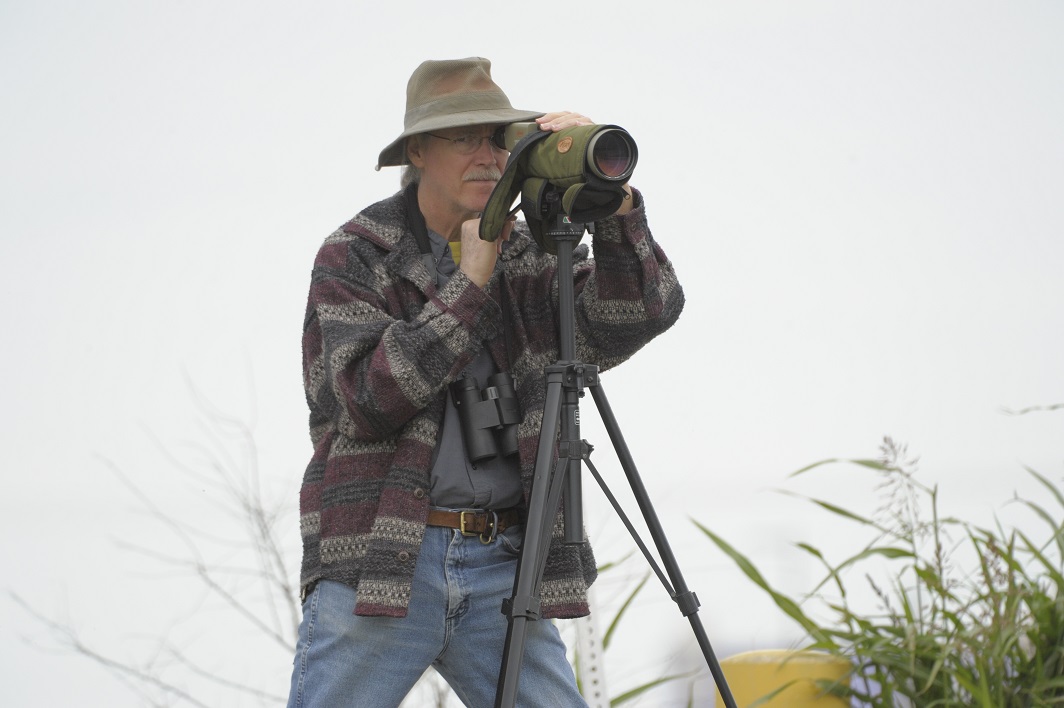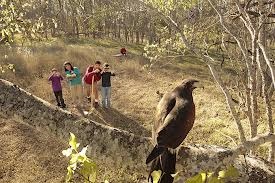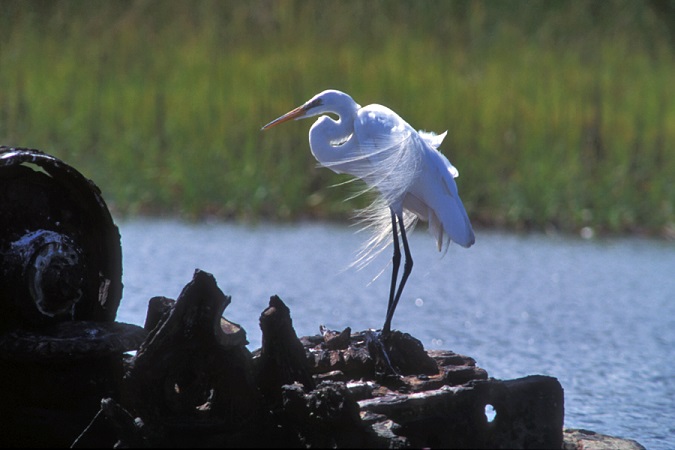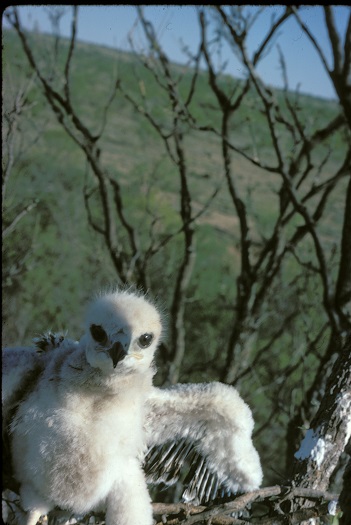Birding: Gateway to Nature Appreciation
Friday, July 25th, 2014This is Passport to Texas
Legendary Birder, Victor Emanuel, views birding as a gateway to nature appreciation.
10—Well, it’s the best way for people to get connected to nature, because birds are the most obvious part of nature visible to us. A lot of the mammals are active at night. But birds are here; they’re all around us.
Emanuel says it’s the fact that they are so visible that makes them interesting.
15—Birds are some of the most visible creatures around us. You have the song of birds, you have the motion of birds, the fact they can fly. A cardinal, a blue jay, a duck on a pond… they’re large enough and so they attract our attention in a way that smaller creatures don’t.
Victor Emanuel has spent a lifetime watching birds around the world. And while all birds are watchable, he says that doesn’t mean he likes them all.
17—I actually have a prejudice against introduced birds that are a problem, like starlings. They’re a beautiful bird, actually, with the colors on them in the sunlight. But they take over the nest of native birds, and throw out the young and eggs, so they don’t get to raise their young and eggs. But, yeah, they’re all watchable.
Find birding information on the Texas Parks and Wildlife website.
That’s our show for today…we record our series at The Block House in Austin…For Texas Parks and Wildlife…I’m Cecilia Nasti.






 Passport to Texas is a
Passport to Texas is a  Passport to Texas is made available by:
Passport to Texas is made available by: